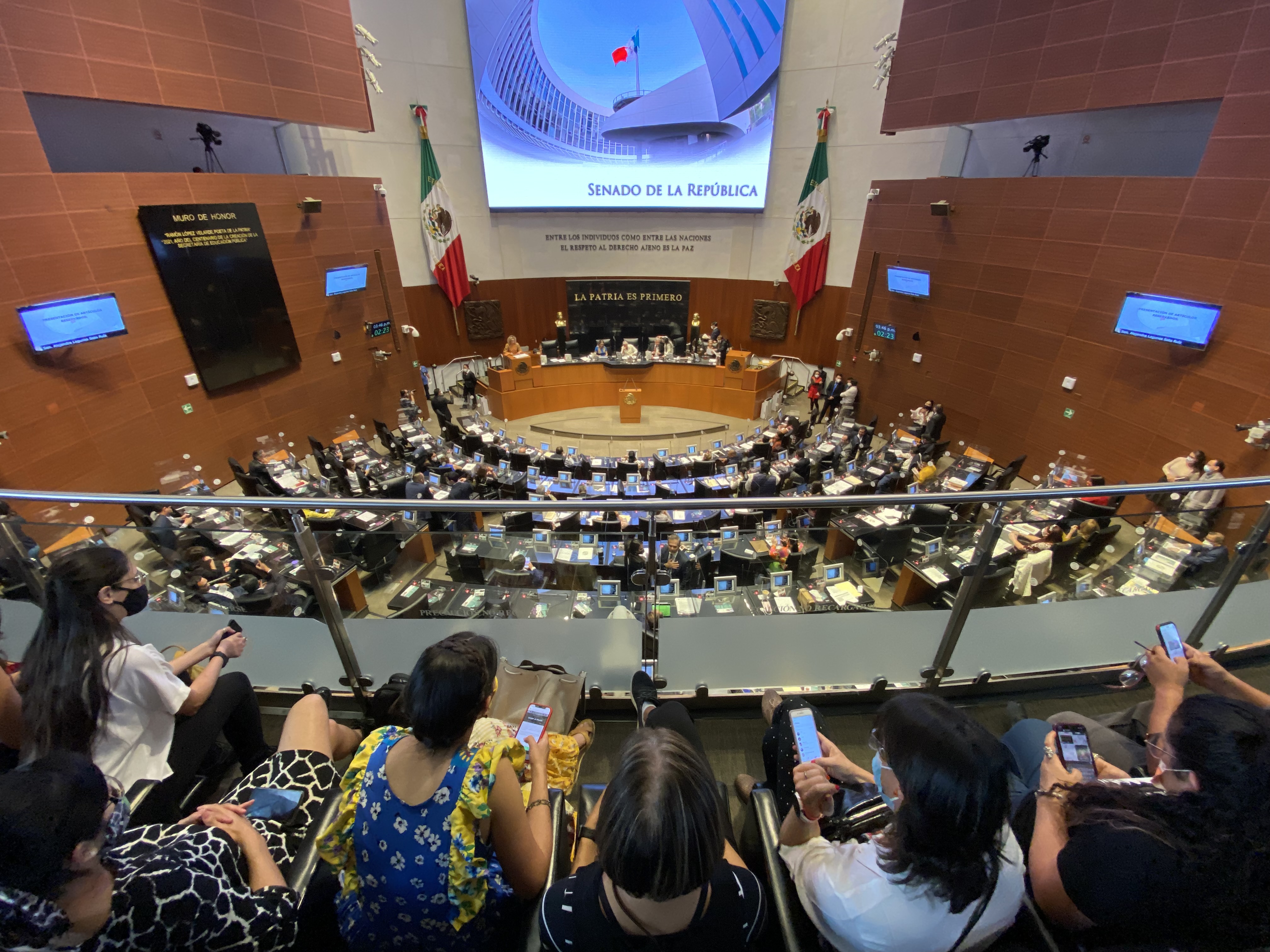Despite extensive work at national and subnational levels, the number of road traffic fatalities in Mexico, a country of nearly 130 million people, has remained consistently high in recent years. More than 16 000 deaths were recorded in 2019 alone. There was a lack of accountability among different sectors and institutions within the Mexican federal government which challenged intersectoral coordination and progress in road safety to prevent fatal and non-fatal traffic injuries. Laws around speeding, alcohol limits and licensing were created subnationally, with levels of government responsible for planning, designing and operating transport systems, working largely independently. A crucial constitutional amendment was introduced in 2020 that recognized “mobility under the conditions of safety, accessibility, efficiency, sustainability, quality, inclusion and equality” as a universal right. The stage was set for a new national law to harmonize all actions and to enshrine an integrated safe systems approach which recognizes road safety as key to saving lives toward achievement of Mexico’s Sustainable Development Goals. Mexico’s National Law of Mobility and Road Safety, passed by both country’s Senate and Congress in April 2022, marks a major step forward in the country’s efforts to reduce the stubbornly high numbers of road traffic deaths and for boosting equitable and sustainable access to transport services for all.
How did Mexico do it, and how did the WHO Secretariat support Mexico?
Since 2008, the Pan American Health Organization/World Health Organization (PAHO/WHO) has been central to Mexico’s progress in mobility and road safety. PAHO/WHO has worked with a multitude of partners to build up the systems, capacities and awareness needed to drive progress at all levels, including through funds from the Bloomberg Initiative for Global Road Safety.
- Through funding, training and multiple awareness-raising campaigns, PAHO/WHO supported and strengthened Mexico’s Safe Mobility Coalition which had a key role in amending the Constitution and approving the new law. The coalition brought together 70 civil society organizations from 25 of Mexico’s 32 states.
- PAHO/WHO also engaged in high-level advocacy and coordination to shape and build momentum for the new law, working closely with influential Mexican Senators and officials and coordinating across the United Nations system at global, regional and country levels.
- Over several years, PAHO/WHO has worked with local authorities to produce crucial technical documents to advance police enforcement around road safety, including: A guide to implement traffic surveillance and control interventions; A national programme to conduct police alcohol checkpoints; and Protocols for the implementation of the police alcohol checkpoints. More recently, as part of the COVID-19 response, PAHO/WHO along with Ministry of Agrarian, Territorial and Urban Development, and the Ministry of Health and the Safe Mobility Coalition, produced three documents to support safe mobility.
- To reinforce the effectiveness of these actions, PAHO/WHO supported a number of major social marketing campaigns.
- Targeted training programmes were held for several journalists to amplify key messages and improve reporting on road safety.
- In collaboration with the Government of Mexico and civil society, PAHO/WHO provided technical and legal support for the development of Mexico’s Mobility Plan for a New Normality in 2020. The plan includes key elements for safe, sustainable and healthy mobility.
 Photo Credit © Agustín Martínez Monterrubio/Coalición Movilidad Segura
Photo Credit © Agustín Martínez Monterrubio/Coalición Movilidad Segura
Photo Caption: Members of Mexico’s Safe Mobility Coalition in the Mexican Senate after the Law was finally passed in April 2022.
The National Law of Mobility and Road Safety calls for establishment of the proven and lifesaving “Safe Systems” approach which is fully aligned with the Global Plan for the Decade of Action for Road Safety. The law prioritizes safety of the most vulnerable road users first (that is pedestrians, cyclists and people with disabilities) and promotes sustainable and equitable mobility for all. It clarifies the roles and responsibilities within the Mexican government and calls for the creation of a unified database for licenses, number plates and fines. It incorporates the majority of WHO’s recommendations to promote safe use of devices, such as helmets, seatbelts and child restraints, and to reduce road users’ exposure to key risk factors, such as speeding, mobile phone use while driving, and driving under the influence of alcohol. Having been approved by the Mexican Senate and Congress, the law will be published in 2022. Mexico’s landmark safe mobility law should be viewed as an integrated component of many important policy areas, including child health, climate action, gender, poverty, and equity. Having the country’s mobility systems firmly rooted in safety will bring a range of benefits to human health, the environment, reducing the social and economic toll of road safety tragedies, and on addressing gender equity on the access to safe mobility. The law is expected to lead to a significant reduction in road traffic deaths in Mexico.
Photo Credit: © Agustín Martínez Monterrubio/Coalición Movilidad Segura
Photo Caption: Members of Mexico’s Safe Mobility Coalition waiting for the Senate approval for the Law.

